It is September already and fall is just around the corner. The signs of the seasons changing are here, as the hot and humid weather has been replaced with cooler temperatures and crisp days here in Western Maine. The sun is also sitting lower in the sky throughout the day, making for dramatic lighting and shadows out in the woods. The area is full of late summer blooms such as goldenrod and asters, indicating the end of summer is almost here. These are some of the favorite flowering plants enjoyed by the last of our bumblebees that will be leaving eventually, along with several other insects. Some of the leaves have already started to change a couple of weeks ago and the state will soon be under a blanket of vibrant foliage.
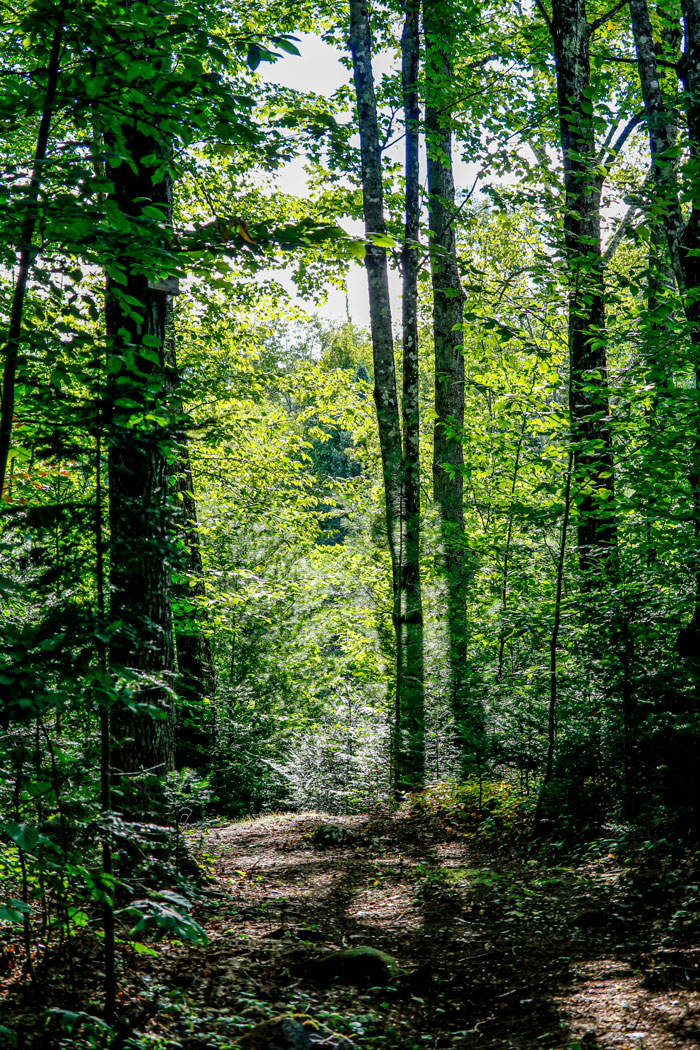
The woods during the late summer.
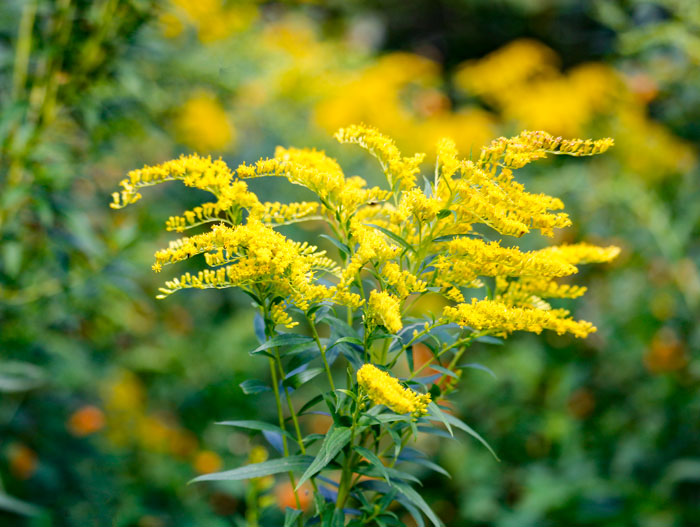
Goldenrod Asteraceae
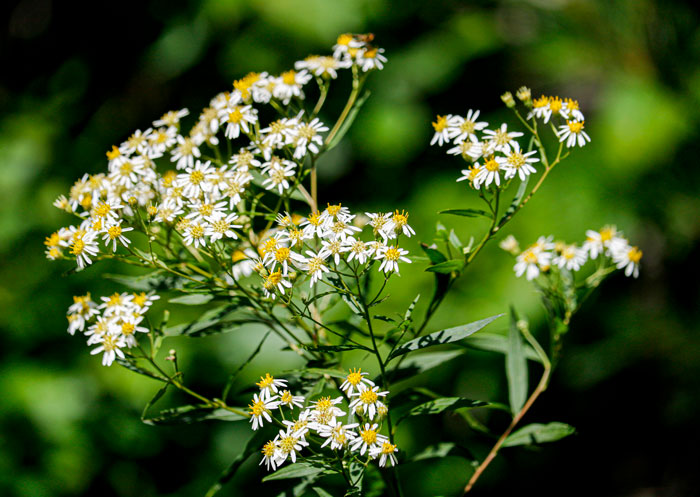
A bunch of white asters Asteraceae
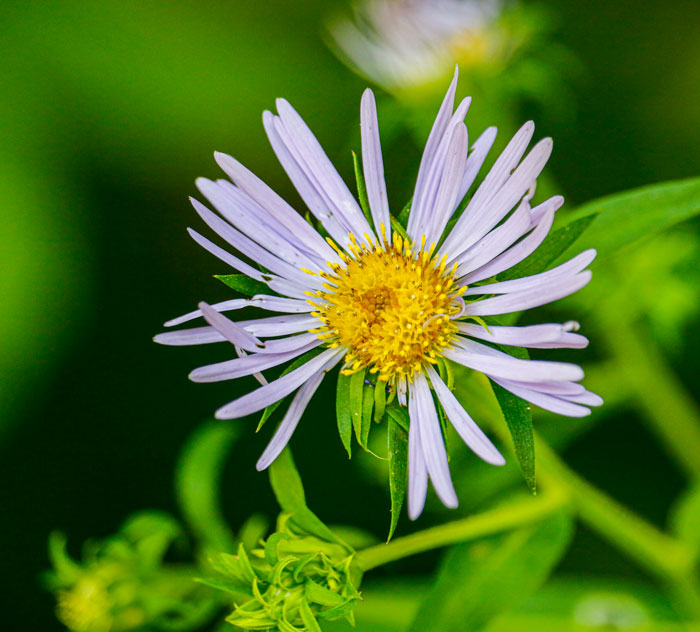
Purple Aster

A bumblebee Bombus visiting asters.
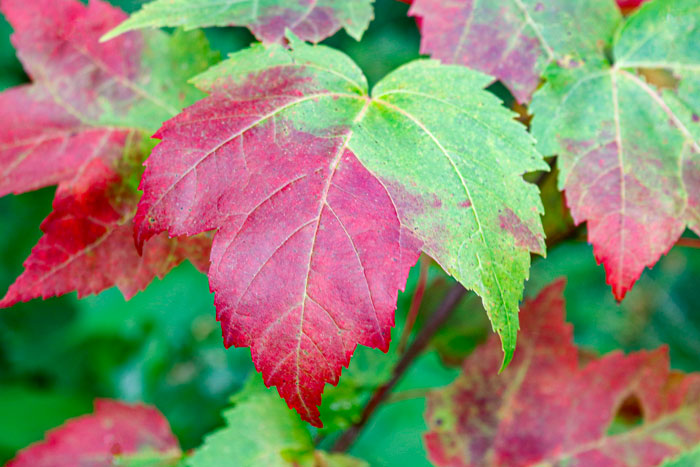
Red maples Acer leaves changing.
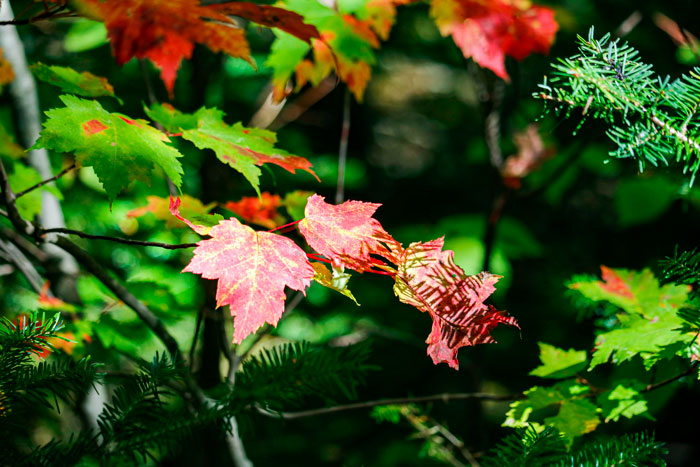
Leaves changing in the woods.
Another sign that fall is on the way, is my having to bid farewell to the ruby-throated hummingbirds Archilochus colubris. I had the pleasure of observing quite a few of these fascinating birds this spring and summer and I will sure miss their amusing antics. My hummingbirds started to leave on the fifth of this month and I saw the last of my regulars on the eleventh. I made sure they had access to plenty of homemade nectar and a variety of flowers that I have planted for them to feed from. I have been very busy this summer growing and planting all sorts of flowers and bushes and I can’t wait for next year’s blooms. When the hummingbirds come back in the spring, they will be in for a real treat. Until then, these birds will have quite a journey ahead of them and I hope they were well-fed before they left. It is very important to keep your feeders out at this time for hummingbirds passing by. You can think of your feeders as a pit stop for hummingbirds to refuel so they can continue on and have a successful journey down south for the winter. In this post, I would like to share some information about hummingbird migration and ways you can help to ensure their success. Also, I would like to share just a few photographs that I have taken of my ruby-throated hummingbird visitors. I have of course taken several and these made the final cut. I hope you enjoy.
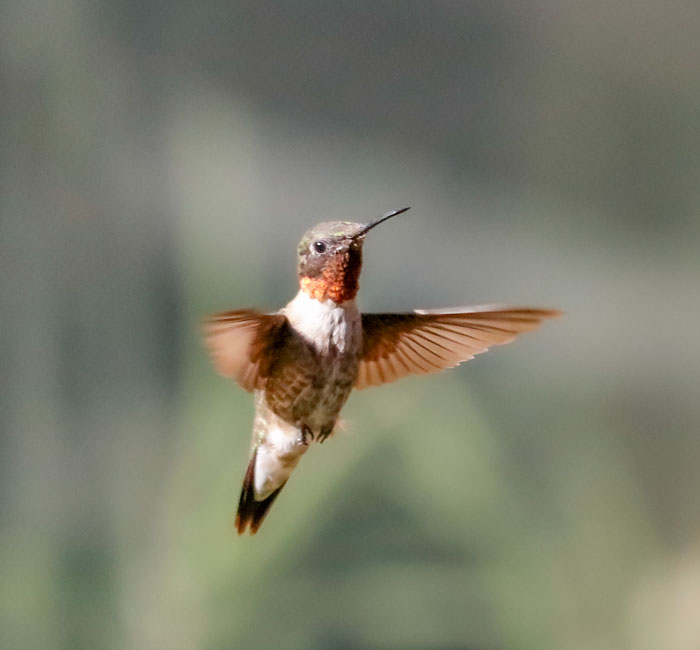
Hummingbird Migration Facts
Ornithologists believe that hummingbirds migrate at a roughly estimated twenty-five miles per hour. These little birds will migrate an incredible twenty-three miles a day to get to their destinations. To make this flight, hummingbirds must beat their wings an astonishing 2.7 million times. Most ruby-throated hummingbirds will spend the winter season in Central America, and most will get there by flying across the Gulf of Mexico.
How Hummingbirds Prepare for Migration
There are several factors that affect ruby-throated hummingbird migration and exactly when these birds will begin their long journeys. Daylight is the most important factor in regard to the timing of hummingbird migration. As the levels of light change seasonally, hummingbirds will consume more food and increase their weight by 25 to 40 percent. This is called hyperphagia, meaning their hormones will change and then urge them to gain weight. This extra fat will provide valuable energy for their upcoming long flight.
Hummingbirds Leave Back Yards in Late Summer
The farther hummingbirds have to migrate, the sooner they start their journey. As I mentioned, I saw the last of my ruby-throated hummingbirds had left on the eleventh of this month. You may it interested to learn that there is a natural order to things as hummingbirds leave for migration. Adult males are the first to leave, followed by the females, and then the immature birds. There of course is a natural logic to this practice. This way, males do not have to compete for dwindling natural food sources. This allows the immature birds to have enough time to gain the necessary fat stores before they begin their great journey south for their very first time. This practice also allows for more food accessibility in a staggered fashion for more food accessibility along their migration route.
How You Can Help Migrating Hummingbirds
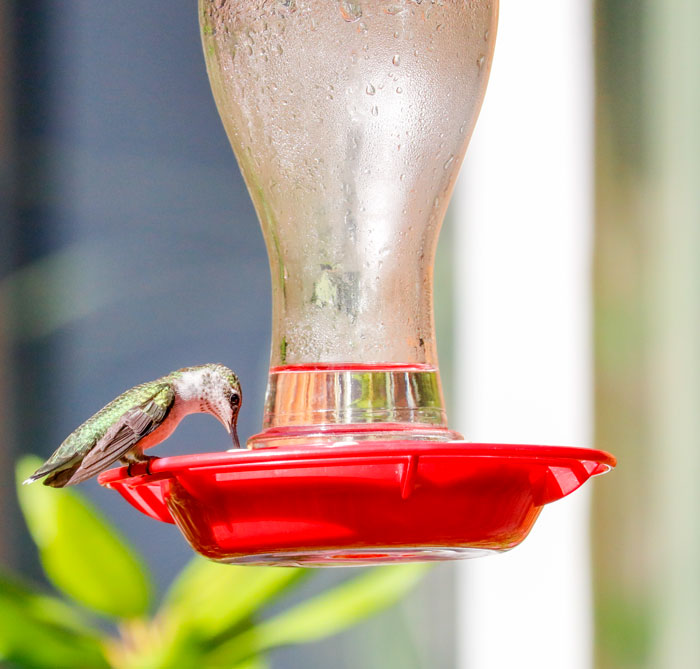
A ruby-throated hummingbird drinking from a feeder.
You can help migrating ruby-throated hummingbirds during their migration in several ways. In addition to providing your hummingbirds with homemade nectar, make sure to plant native species of flowers and flowering plants that compliment your feeders. Homemade, as well as natural nectar, provide a crucial role in helping to ensure the survival of these birds during migration. These nutrients provide a vital source of the food needed for fat stores. Make sure to keep your feeders clean as well in order to prevent the spread of disease. Also, make sure to keep your feeders available until the late fall. In colder temperatures, you will have to make sure to take proper steps to keep hummingbird nectar from freezing in the late fall in order to keep it available to late-migrating hummingbirds. Even though the last of your regular visitors have left, you may be providing energy for a few stragglers on their migration journey. It is likely that your hummingbirds are indeed migrating prior to the start of fall, but you may run the risk of them finding another feeder and they may not return to yours the following year. I would hate for this to happen at my feeders. Next spring, you will be ready for these birds to come back to your yard once again and you will appreciate knowing what an amazing trip they have endured to get back to visit you again.
Here are a few photographs that I have taken this summer. I have taken so many and I had to narrow it down to these few.
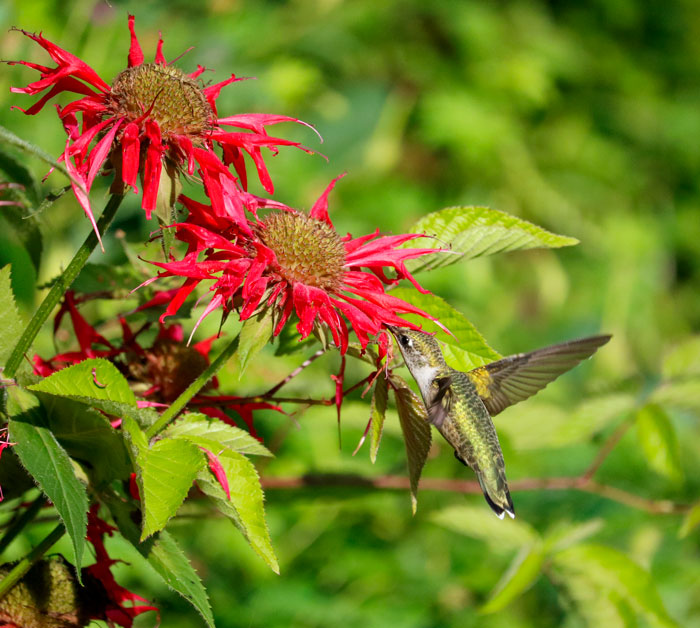
(f/5.6, 1/2500 sec., ISO 1250)
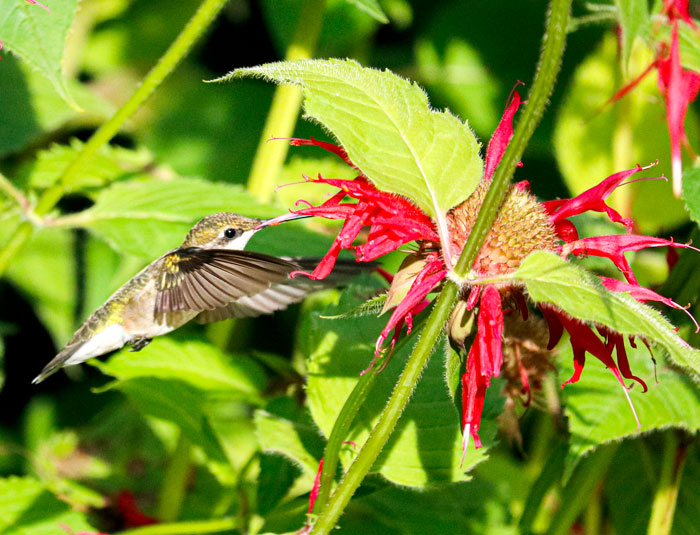
(f/5.6, 1/2500 sec., ISO 1600)
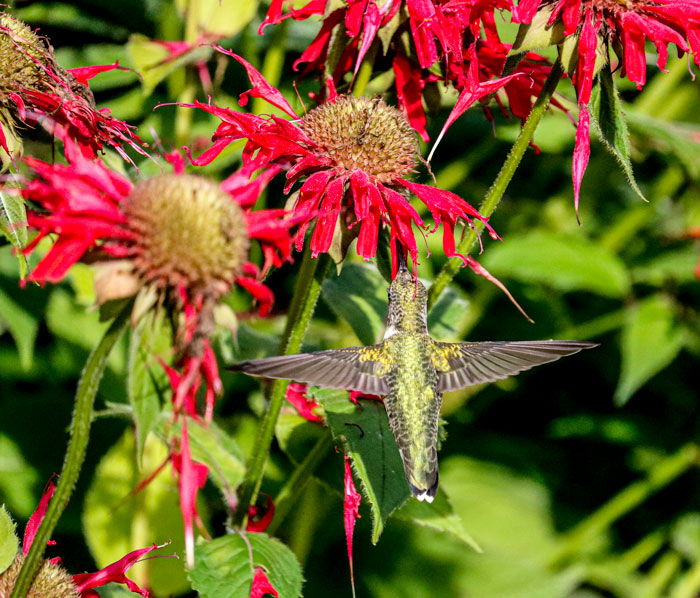
(f/5.6, 1/2500 sec., ISO 2500)
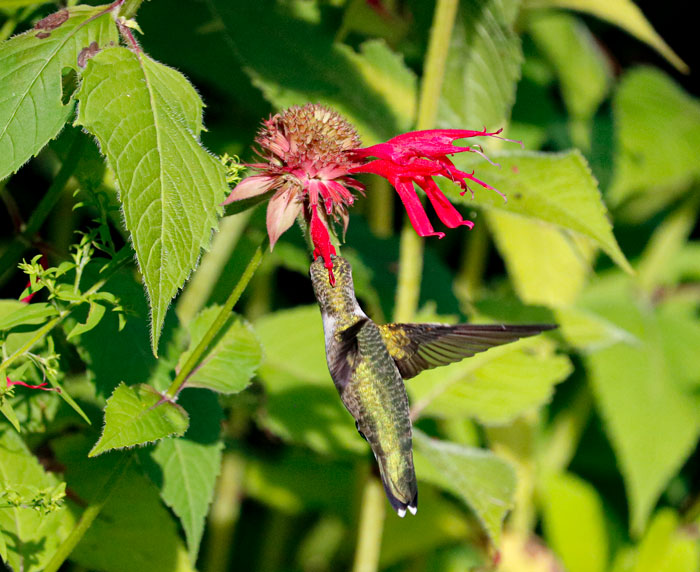
(f/6.3, 1/2500 sec., ISO 2000)
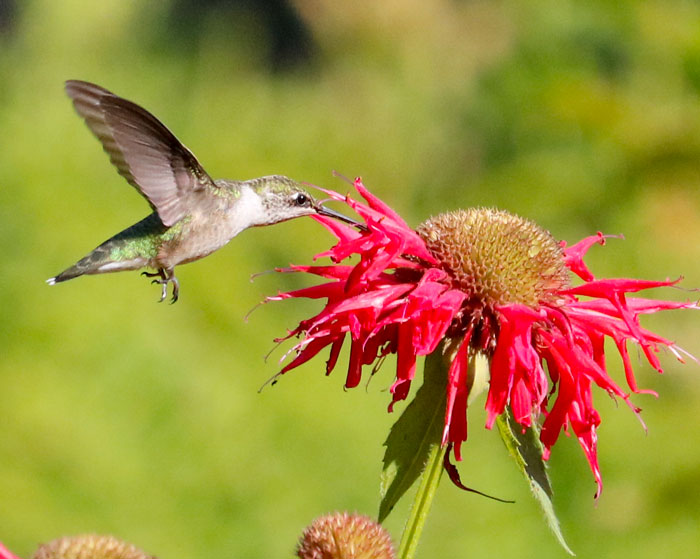
(f/6.3, 1/2500 sec., ISO 1600)
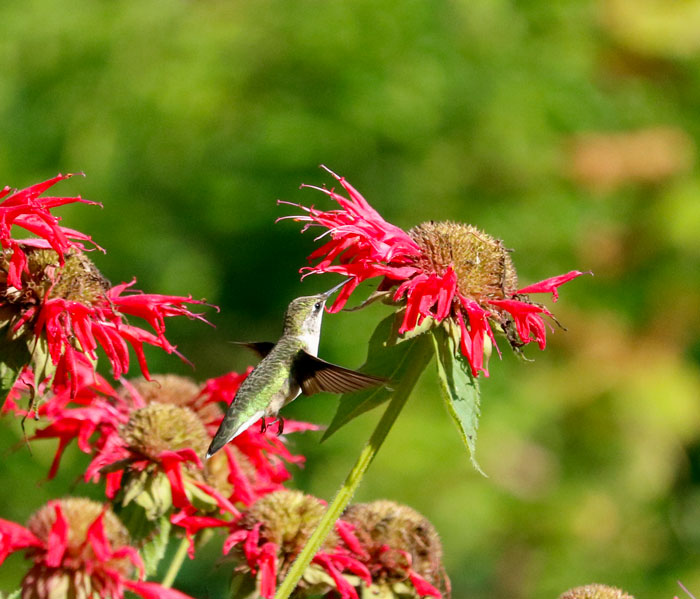
(f/5.6, 1/2500 sec., ISO 1600)
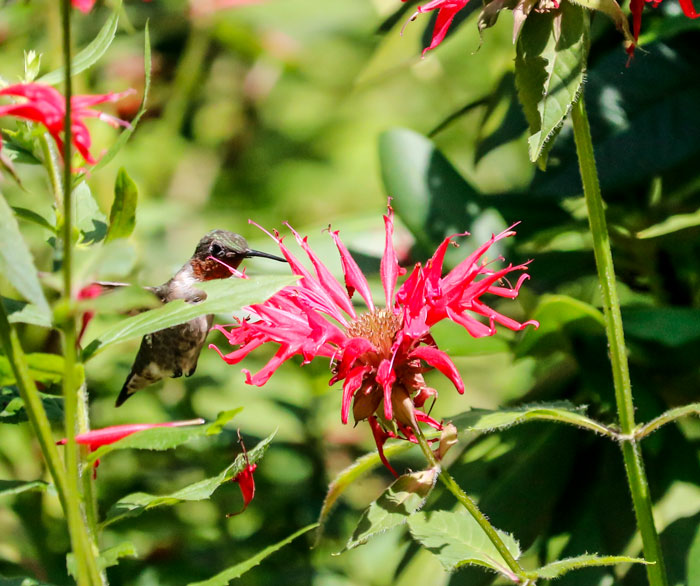
(f/5.6, 1/2500 sec., ISO 1000)
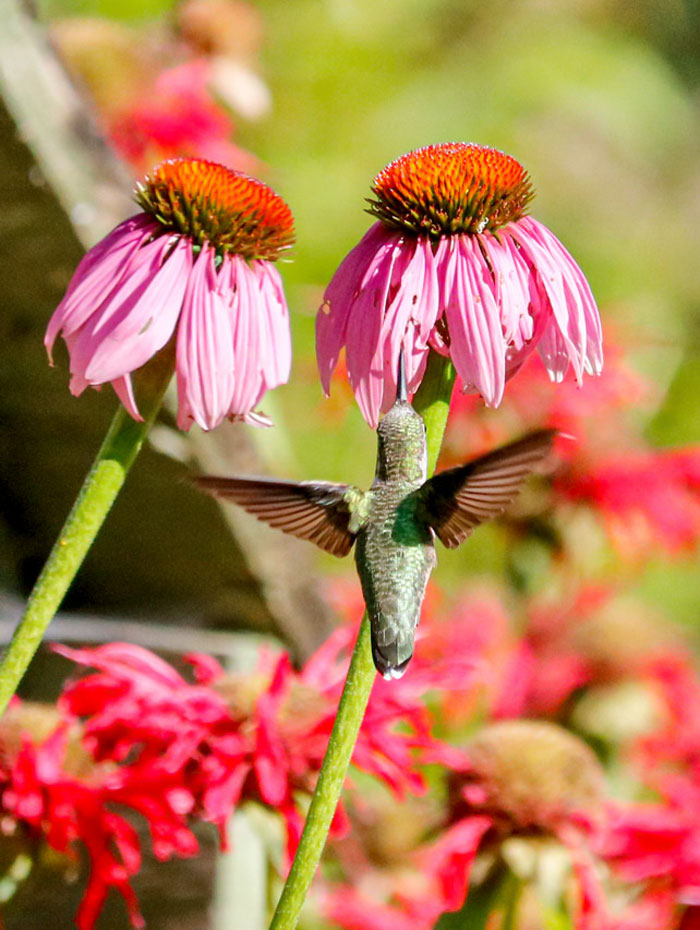
(f/5.6, 1/3200 sec., ISO 1600)
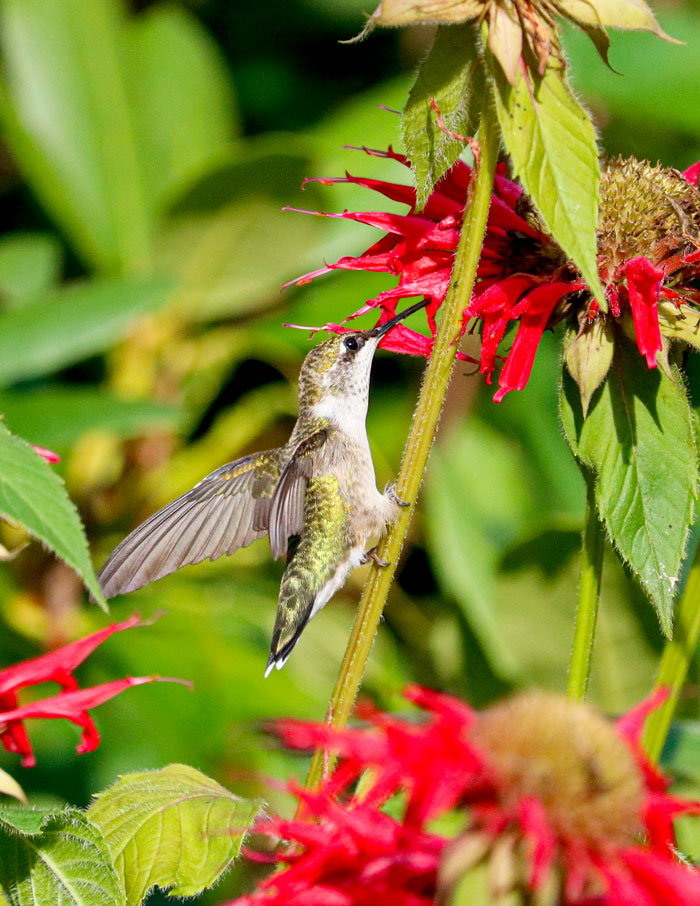
(f/5.6, 1/2500 sec., ISO 2000)
Since my hummingbirds have left, I have been busy spending my days photographing several of our other migrating birds. I have observed quite a few frequent visitors to the area, as well as many new species. I have been focusing mostly on warblers and these birds can prove to be quite tough to identify, especially the immature birds. I suppose that I am up for this challenge. I will have to see how this goes. I have also been watching several informative Cornell Lab of Ornithology webinars. If you are interested in bird migration, you may want to check out this birdcast webinar.
I hope you have found this information useful and you enjoyed the photographs. I also hope you have picked up a few helpful tips to help these extraordinary little birds back to your yard and hummingbird feeders for years to come.
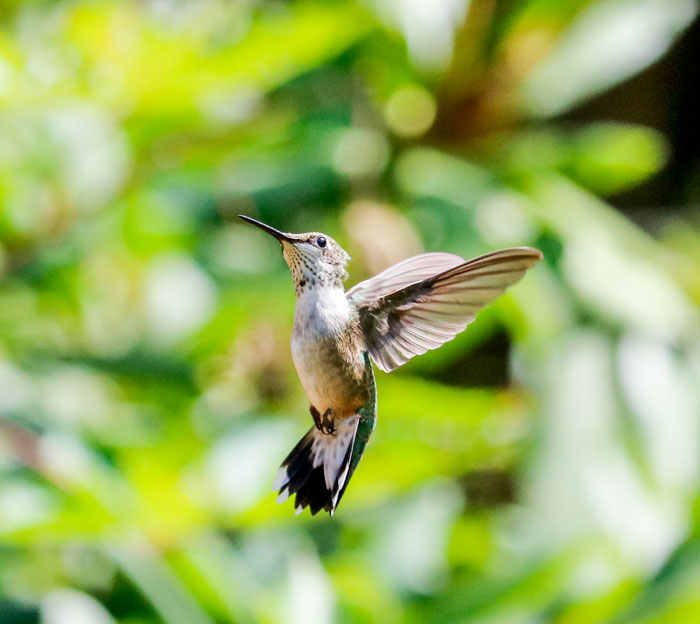
A juvenile male ruby-throated hummingbird in flight.
Leave a Reply